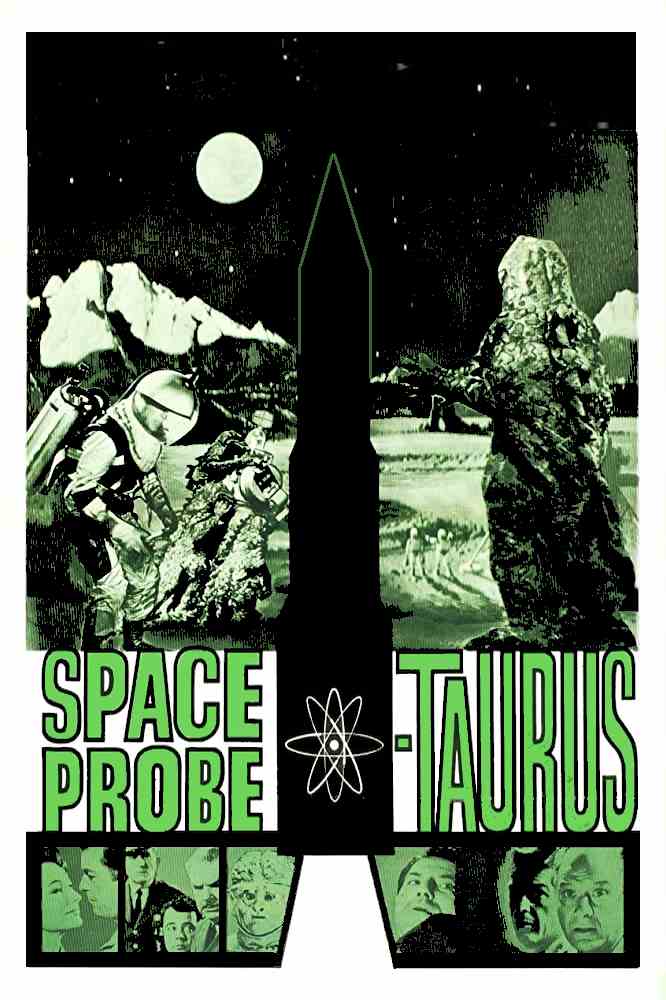It’s the second weekend in November which means it was time for the Allentown Train Meet. These train shows are a mecca for train enthusiasts of all stripes. The lion’s share of the vendors are selling model railroading supplies, but there are plenty of dealers selling books, videos, or memorabilia. As always, there were several live model railroad setups going. I didn’t see an N scale one this year, which was a little disappointing. I didn’t buy any china this year, but I did find a good mix of stuff for my layout, books, and videos.
Media
The Lehigh Valley NRHS chapter had a table and I picked up two short histories, History of the Lehigh Valley Transit Company and Short Trolley Routes in the Lehigh Valley. They threw in a back number “Lehigh Lines”, their newsletter, for free. I’m not a member of the chapter though I probably should be. I have another book in this series, the history of the Lehigh & New England Railroad edited by Randolph Kulp, and I was impressed with the quality. It can be hard to find good information about the interurban era in the United States.
